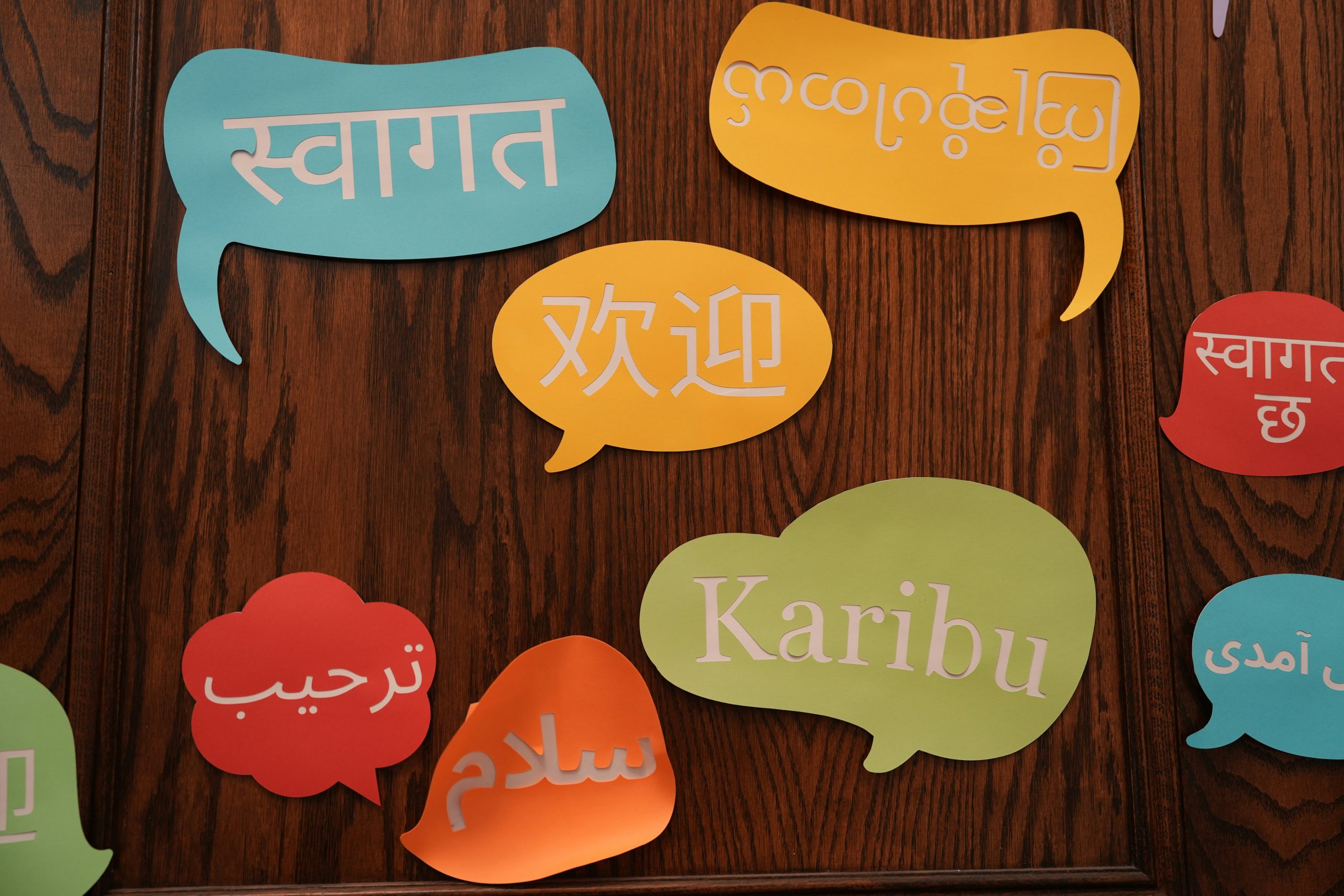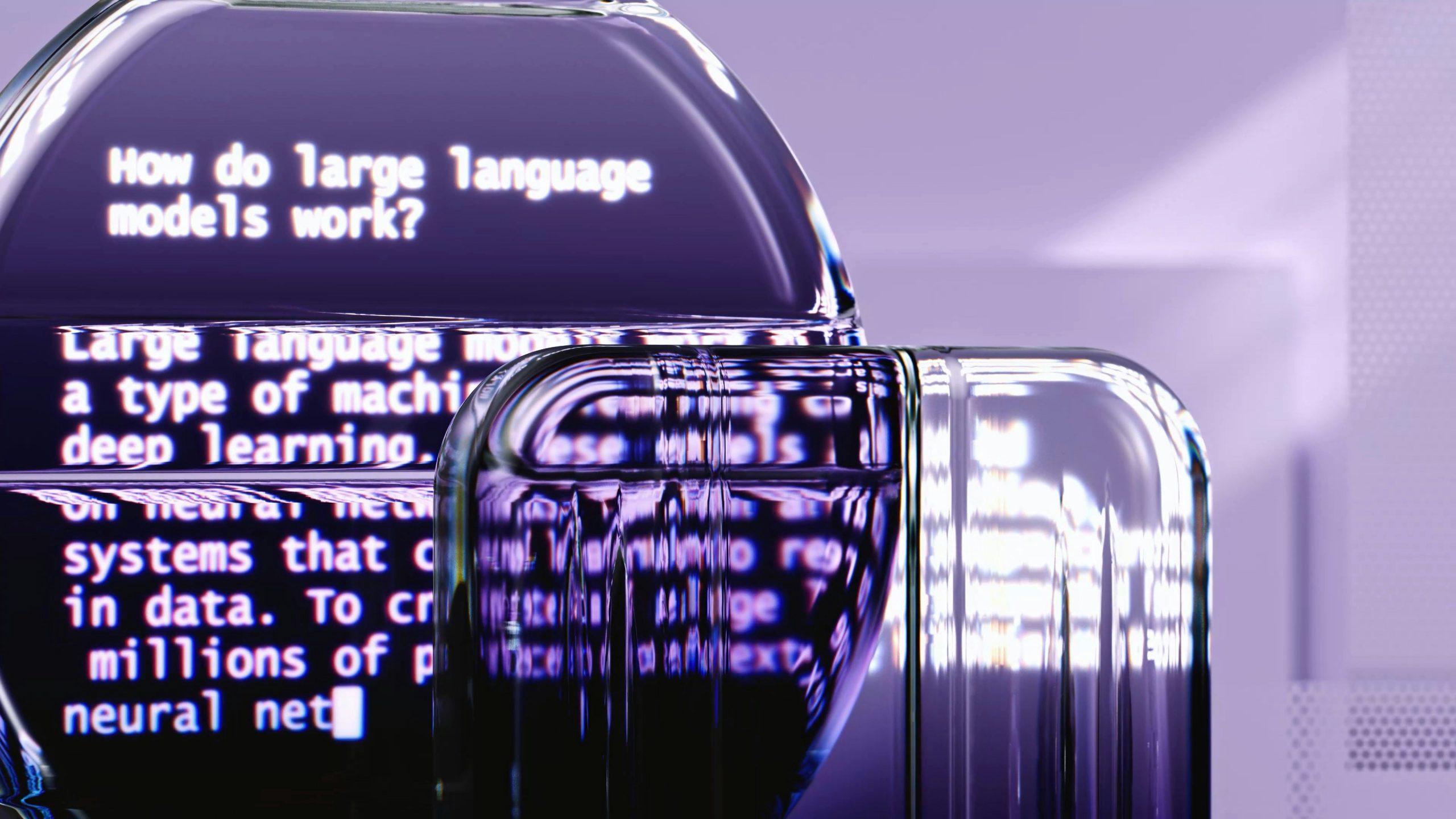-

Many languages, such as French and Spanish, use gendered nouns. AI translation tools often default to masculine forms, reinforcing gender stereotypes. Google Translate has taken steps to address this. The Problem For years, typing “doctor” into Google Translate would return “le médecin” (masculine) in French, while “nurse” returned the feminine “infirmière”. This reflects patterns in…
-

AI often struggles with low-resource languages, leaving millions excluded from its benefits. Meta AI launched the No Language Left Behind (NLLB-200) project to change this. What is NLLB-200? In 2022, Meta introduced NLLB-200, a translation model covering 200 languages—including many low-resource ones (Meta AI, 2022). Unlike typical models, it was designed specifically to handle languages…
-

Most large AI models are trained primarily in English, which can lead to bias against less represented languages. The BLOOM project, however, was created to change this by making AI more multilingual and transparent. What Is BLOOM? BLOOM is a Large Language Model (LLM) released in 2022 by the BigScience collaboration, a group of over…
-

Bias in AI is one of the biggest challenges in building fair, inclusive, and trustworthy systems. From reinforcing gender stereotypes to misrepresenting dialects or cultures, bias doesn’t just affect accuracy—it impacts real people. The good news is that there are strategies to reduce bias in AI and make its use more responsible. Understand Where Bias…
-

AI-powered translation tools like DeepL and Google Translate have revolutionized how we communicate across languages. But they’re not flawless. By looking at common translation errors, we can learn not only where AI struggles, but also how languages differ in structure, meaning, and culture. Literal Translations One of the most frequent mistakes is literal translation—where AI…
-

While AI feels like magic, every interaction comes at a cost. For large language models (LLMs), costs are linked directly to how much text they process, measured in tokens. Understanding these financial costs helps users and organizations make smarter, more efficient use of AI. How AI Pricing Works Most AI services, including OpenAI’s GPT models,…
-

AI models may seem like immaterial digital tools—but they come with a very real environmental footprint. From the massive energy required to train large language models (LLMs) to the ongoing cost of everyday queries, understanding the ecological impact of AI is key to responsible use. Training Large Models Training a state-of-the-art model like GPT-3 reportedly…
-

AI systems are often presented as neutral, but they are only as fair as the data they’re trained on. In multilingual contexts, bias becomes especially visible—affecting gender representation, dialect recognition, and cultural sensitivity. Understanding these biases is essential for building and using AI responsibly. Gender Bias in AI Research shows that AI models can reinforce…
-

Artificial intelligence has made impressive progress in understanding and generating language. But while models like GPT-4 handle English and other widely used languages well, they struggle with low-resource languages—those with limited digital text or training data. Understanding why this happens is crucial for building more inclusive AI. What Are Low-Resource Languages? A low-resource language lacks…

